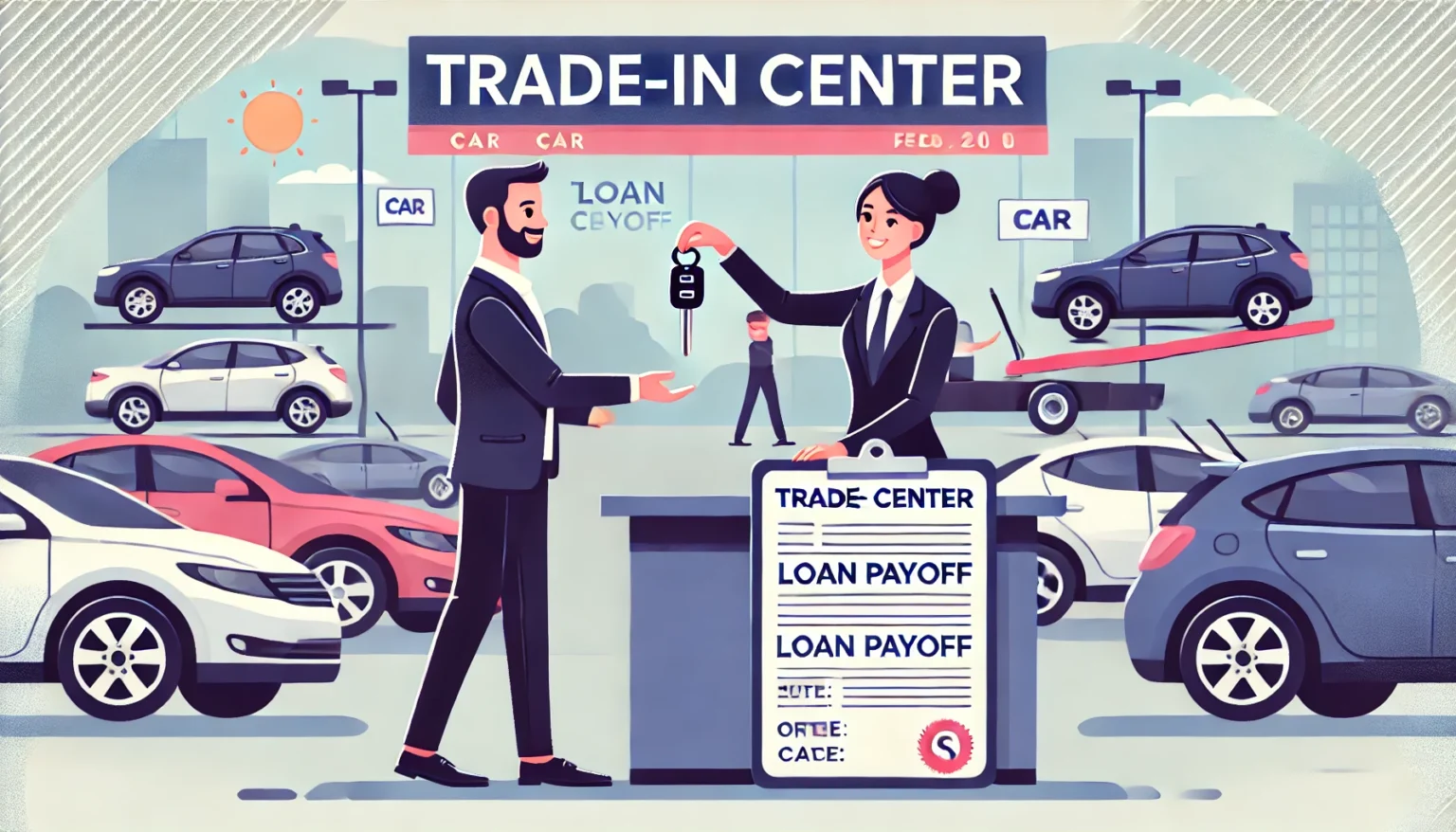Introduction
Many car owners eventually find themselves asking, “Can I trade in a financed car?” Whether you’re upgrading to a newer model, downsizing to save money, or simply tired of your current vehicle, trading in a car that’s still under a loan is possible—but it comes with unique considerations. This guide breaks down everything you need to know in simple, digestible terms, from understanding your loan to navigating the trade-in process.
Understanding Car Financing
To understand if you can trade in a financed car, it’s important to know how car loans work. When you finance a car, a lender pays the dealership on your behalf, and you agree to repay the lender in monthly installments. Until the loan is paid in full, the lender holds a lien on the vehicle, meaning they technically own it.
This means that you cannot sell or trade the car freely until the loan is cleared, or arrangements are made to pay off the remaining balance during the trade-in process.
Equity Explained: Positive vs. Negative
A major factor in deciding whether to trade in a financed car is your vehicle’s equity status.
What is Equity?
Equity is the difference between your car’s current market value and the amount you still owe on your auto loan.
Types of Equity:
- Positive Equity: You owe less on the loan than the car is worth.
- Negative Equity: You owe more than the car’s current value (also called being “upside down” on your loan).
Example Table: Equity Scenarios
| Car Value | Loan Balance | Equity Type | Equity Amount |
|---|---|---|---|
| $18,000 | $12,000 | Positive Equity | $6,000 |
| $15,000 | $17,000 | Negative Equity | -$2,000 |
When you have positive equity, the process is straightforward and advantageous. The dealer applies your equity toward your next vehicle. In contrast, negative equity can complicate things because you either need to pay the difference or roll it into your new loan.
Steps to Trade In a Financed Car
If you’re wondering can I trade in a financed car and how to do it practically, follow this step-by-step approach:
Step 1: Find Out Your Loan Payoff Amount
Contact your lender and request the loan payoff balance. This figure includes your remaining principal and any interest or fees due.
Step 2: Determine Your Car’s Current Value
Use tools like Kelley Blue Book, Edmunds, or visit multiple dealerships to get trade-in estimates. You need to know how much your vehicle is worth in today’s market.
Step 3: Calculate Your Equity
Compare the trade-in value to the payoff amount. This will determine if you’re in a positive or negative equity position.
Step 4: Shop Around for Offers
Visit several dealers or use online platforms to compare trade-in offers. Some dealerships may offer special incentives for financed trade-ins.
Step 5: Finalize the Trade-In and New Loan
Once you accept an offer, the dealer will pay off your existing loan. If there’s any remaining balance due, you’ll either cover it directly or include it in your new loan.
Options When Facing Negative Equity
Negative equity doesn’t mean you’re stuck. Here are your options:
- Pay the Difference: Pay the remaining balance out of pocket.
- Roll it into a New Loan: Add the unpaid amount to your new car loan.
- Wait it Out: Keep your current car longer until you gain positive equity.
- Refinance the Loan: Consider refinancing to lower your interest rate or extend your loan term, improving your equity position over time.
Impact on Credit and Financial Health
Trading in a financed car doesn’t inherently harm your credit, but taking on a larger loan can increase your debt-to-income ratio, which lenders use to assess financial risk. Managing a larger monthly payment can strain your budget and potentially affect your ability to make timely payments.
Pay attention to:
- New loan interest rates
- Length of new financing terms
- Your total debt obligation after the trade
Alternatives to Trading In
If you’re unsure about trading in a financed vehicle, consider these alternatives:
Selling Privately
You may get more money selling privately than trading in, especially if you have positive equity. However, you’ll need to pay off the loan before transferring the title.
Refinancing
If your main concern is a high monthly payment, refinancing your current loan can reduce your rate or extend your term.
Leasing Instead
Leasing might be a better fit if you want lower monthly payments and the option to switch cars every few years.
Tips for a Successful Trade-In
To get the best deal when trading in a financed vehicle:
- Clean your car and take care of minor repairs before visiting the dealer.
- Bring documentation, including loan details, title (if available), and maintenance records.
- Don’t accept the first offer. Shop around!
- Be upfront with the dealer about your loan situation.
Legal and Tax Implications
Depending on your state, you may get a tax credit for the trade-in value of your car when purchasing a new one. Always check with your local DMV or tax office.
Dealerships are also responsible for handling the title transfer and paying off your loan, but it’s crucial to verify that they’ve done this promptly to avoid late fees or credit issues.
Conclusion
So, can I trade in a financed car? Absolutely. The process is more nuanced than trading in a car you own outright, but with the right knowledge and preparation, it can be smooth and even financially beneficial. Understand your equity, know your loan details, shop smart, and you’ll be in a good position to move forward.
If you’re still unsure or need personalized advice, consider speaking with a financial advisor or auto financing expert before making a decision.
Other Articles
Culaina Grosaina: A Complete Guide to Its Meaning, Origins, and Modern Relevance
Understanding the 3822 Blossom Terrace Erie PA Water Hook Up Diagram: A Complete Homeowner’s Guide
How Do Game Conservation Laws Affect Hunters? | Complete Guide for Ethical Hunting
How to Scale a Crypto Exchange Business: The Complete Growth Blueprint








